How to Stop Moths Eating Clothes
How to prevent a moth infestation
It is important to understand the basics of the life cycle of the moth in order to interpret what you are seeing.
Know what to look for
Moths undergo what is called ‘complete metamorphosis’. This is exactly like a caterpillar to butterfly.
So there are 3 significant parts of the life cycle we would like to remove from the property: egg, larva, flying moth or adult. Each of these potentially requires a different approach.
Do I have “clothes” or “carpet” moths?
The “carpet moth” is a very recent invention and has been made popular by internet rumour and perpetuated by online shops selling DIY pest control products.
Insects, and animals have what’s called a common name and also a latin name. This avoids confusion across languages and allows us to be accurate about species identification. So the moths we find causing damage in our homes are from a group known as “textile” moths – distinct from “food moths” for instance. Of these there are a few of the textile moth species which we see in UK properties, and in the vast majority of cases the specific species we are dealing with has the common names: Common Clothes Moth, or, Webbing Clothes Moth, and the latin name: Tineola bisselliella.
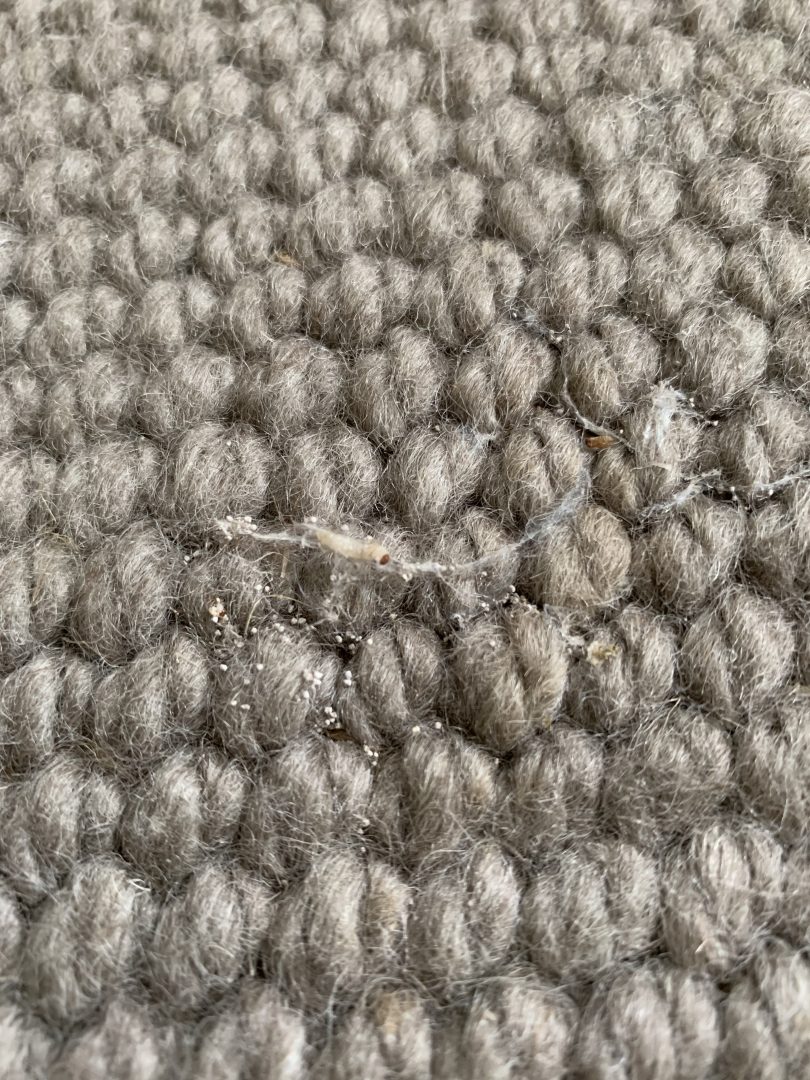
So the confusion arises when there are moth larvae eating something other than clothes… how can this be a clothes moth? Of course, the insects didn’t get the memo about what we called them, they are just do their thing! We see a similar confusion over bed-bugs – which will infest any piece of furniture (or anything at all in fact) not just beds!
That’s why it is essential to understand what these insects are up to, in order to get control over this pest.
These “textile moths” feed on anything that contains natural fibres – including: wool, hair, fur and feathers. Favouring the softest and most natural fibres such as cashmere and merino.
When we talk about the “moth” eating the carpet and clothes it is important to realise that the flying moth – which is in fact just the adult stage of the life cycle of the insect – does not eat anything at all, their role is just to mate and lay more eggs.
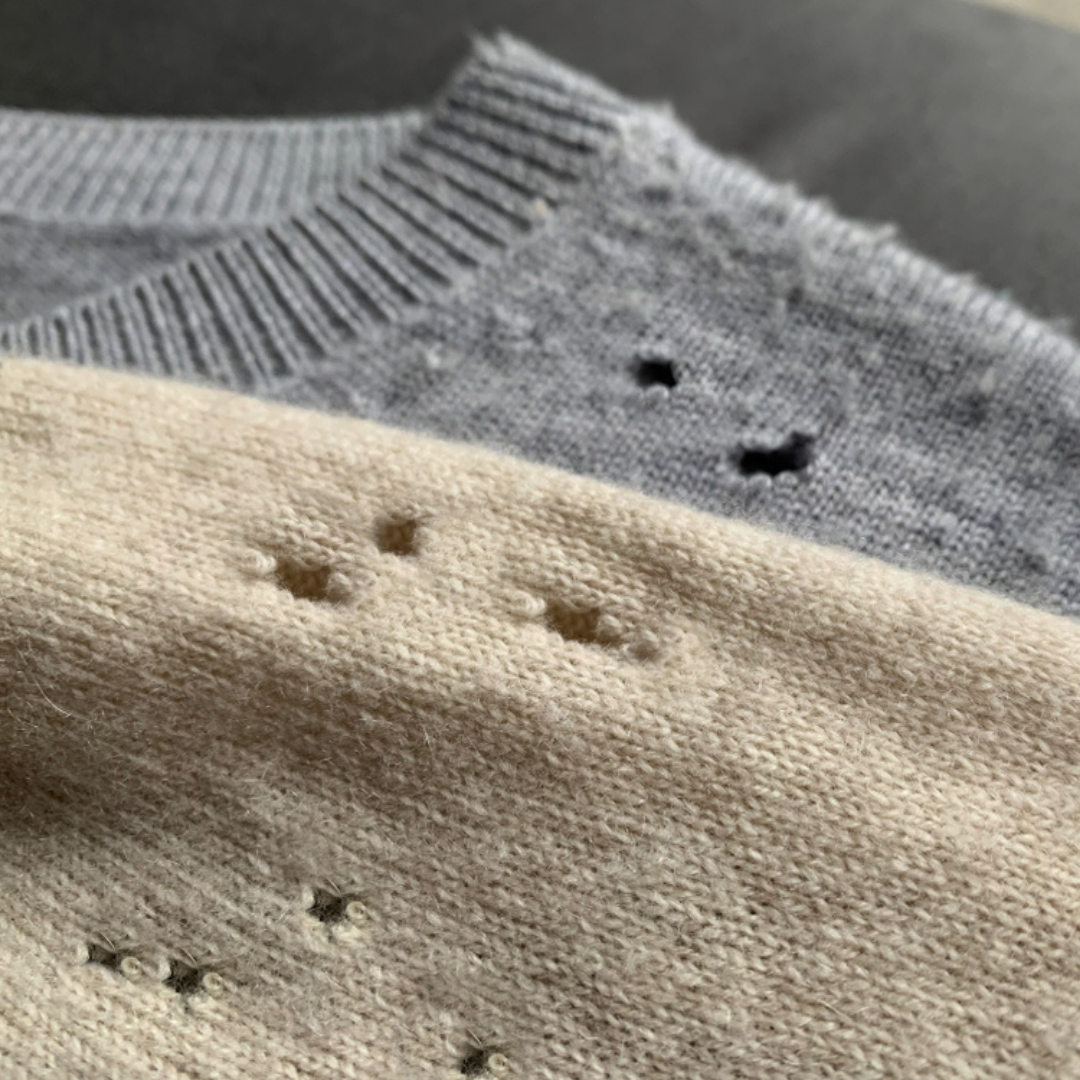
It is the larvae which emerge from the eggs and then do nothing but eat until they have grown to their full size which are doing all the damage.
Once full size (about 8-10mm long) they create a pupa and metamorphose into the flying moth that we know and love…
This process from egg to adult takes between 3-5 weeks depending on temperature and takes place in the darkest most undisturbed corners of our homes.
On inspecting a property for moth damage it is invariable to be found in carpet that is under furniture that is very rarely moved, or in the carpet of the under-stairs cupboard. Perhaps the most common and most avoidable home we create for moths is in the bit of carpet that was left over when the carpet was fitted and has ever since laid undisturbed in the darkness of the attic, eaves or cellar. Checking for, and disposing of anything like this, is one of a the measures you can easily take to help reduce or prevent an infestation taking hold.
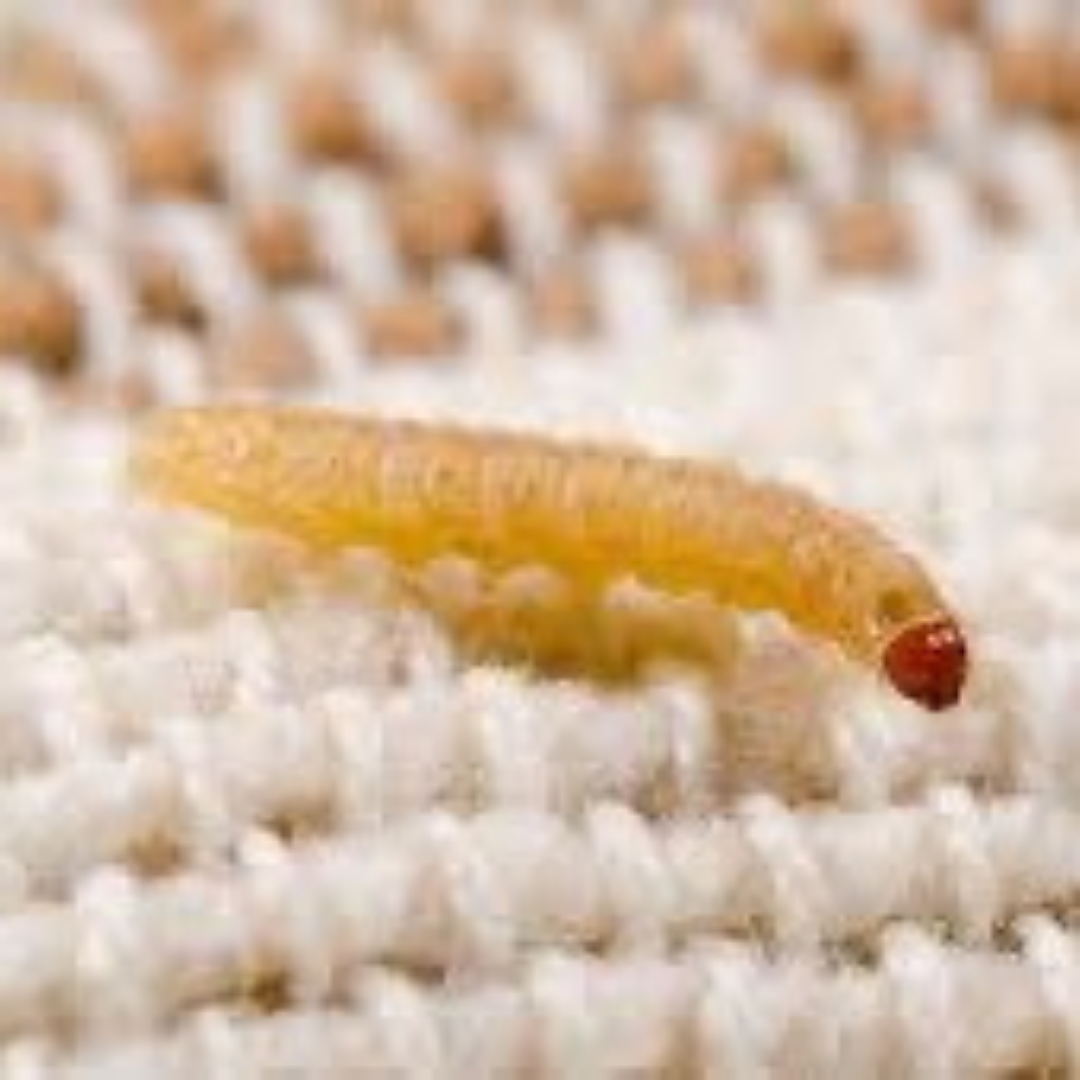
Where to look for moth damage
Moths like warm, dark, undisturbed places
They lay their eggs as close to the food source as possible.
- Under and behind furniture…
- The edges of the floor where the carpet meets the wall…
- The loft and eaves spaces where offcuts of carpet are often to be found…
If moths are present you’ll find larval cases, droppings and frass (a silk-like webbing that looks like cotton wool)
If it’s really bad you’ll see the tell-tale bare patches in the carpet. You may even see some larvae and catch them in the act!
Our qualified Pest Controllers will know where to look but there’s no reason why you should not do some detective work yourself… but don’t forget to take your torch!
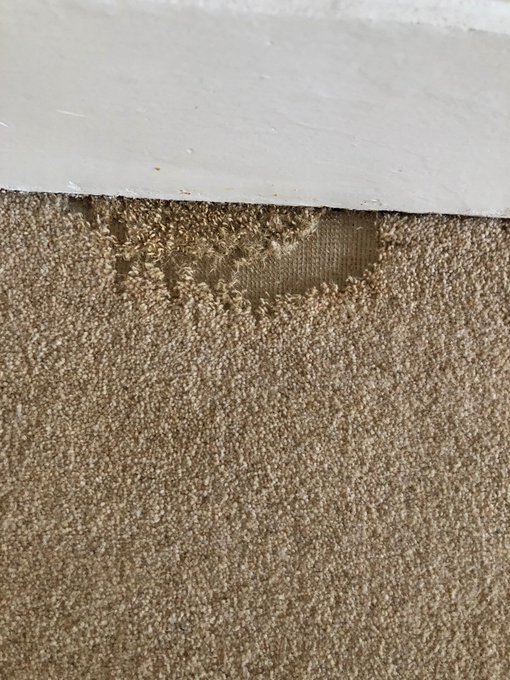
Top tips for moth prevention at home
Vacuum thoroughly, especially around the edges of the room and under furniture
Discard off-cuts of carpet rather than storing them in the loft or basement. If you have a rug that you need to store away, dry clean it if possible, before sealing it and storing away.
Sort out your wardrobe at the end of the summer or winter season and store away out of season garments or bedding in vacuum sealed bags.
Wash clothes in a high temperature (60 degrees) after travelling and before storing them away.
Consider using pheromone traps to monitor moth activity at the start of the moth.
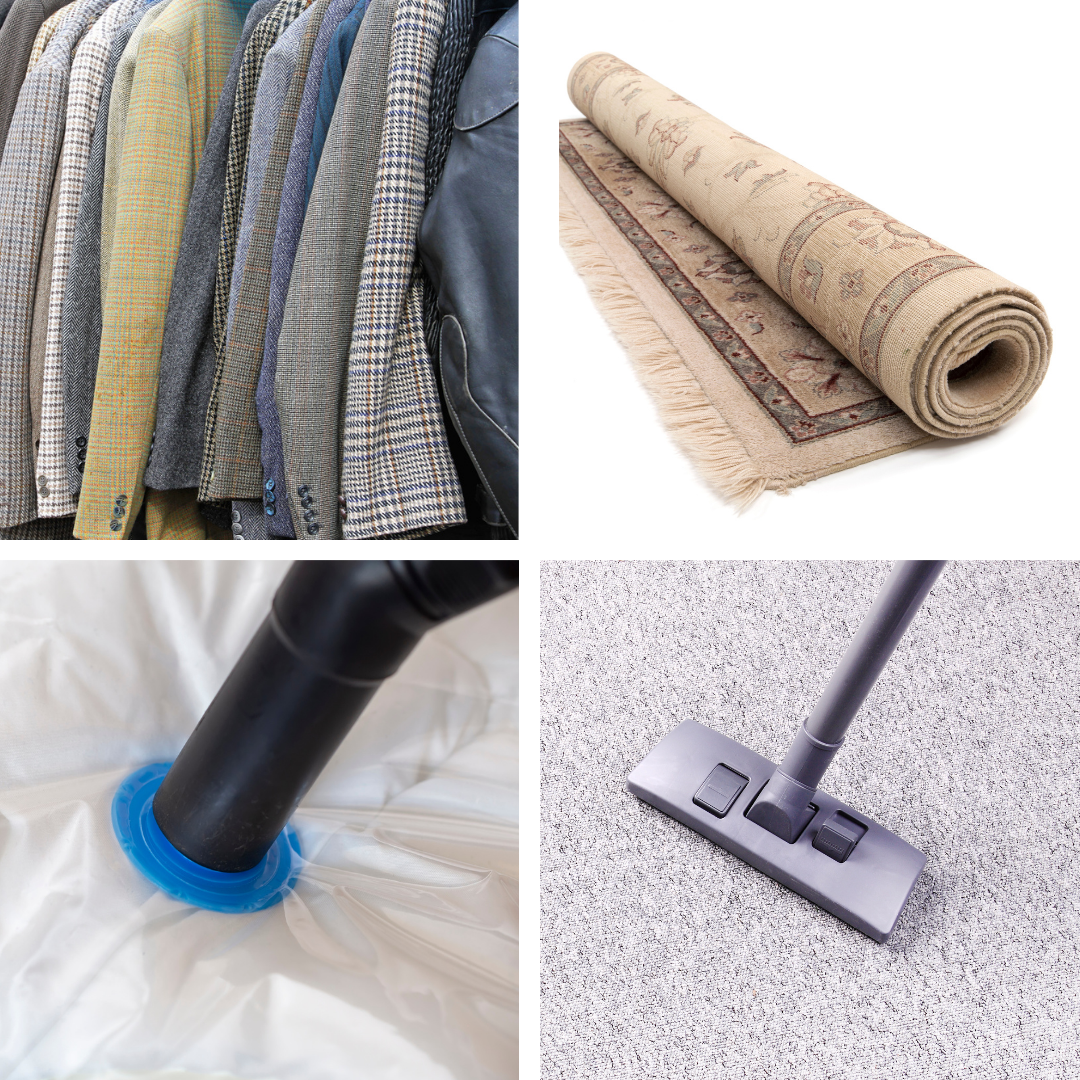
If you need further advice, or would like to book at survey, contact us now
 I need help now
I need help now 